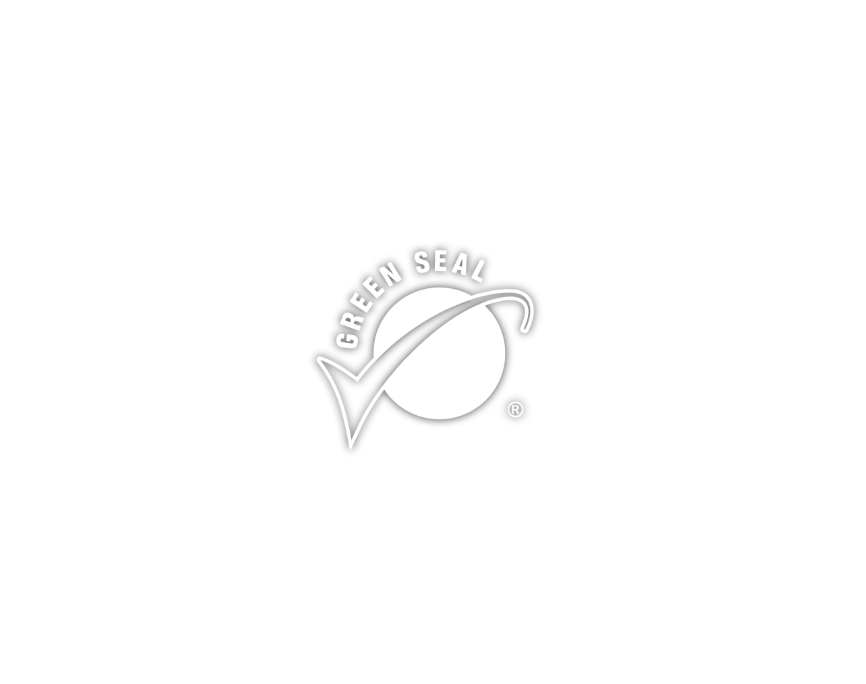The Green Seal Standard for Hand Cleaners and Hand Sanitizers for Industrial and Institutional Use, GS-41, establishes environmental requirements for industrial heavy-duty hand cleaners and institutional hand cleaners, as well as alcohol-based hand sanitizers intended for use in the industrial and institutional market.
Recent Revision:
Green Seal has added standard criteria for alcohol-based hand sanitizers. Visit our Library of Standards Documents to see a complete record of the standard criteria development process.























